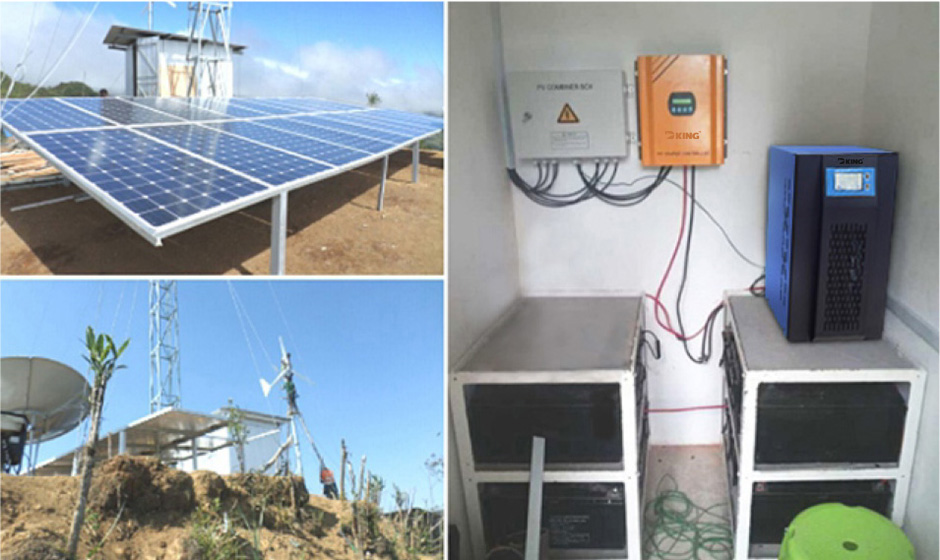The differences between lithium iron phosphate battery and ternary lithium battery
The differences between lithium iron phosphate battery and ternary lithium battery are as follows:
1. The positive material is different:
The positive pole of lithium iron phosphate battery is made of iron phosphate, and the positive pole of ternary lithium battery is made of ternary materials.
2. Different energy density:
The energy density of lithium iron phosphate battery cell is about 110Wh/kg, while that of ternary lithium battery cell is generally 200Wh/kg. That is to say, with the same weight of batteries, the energy density of the ternary lithium battery is 1.7 times that of the lithium iron phosphate battery, and the ternary lithium battery can bring longer endurance for new energy vehicles.
3. Different temperature difference efficiency:
Although the lithium iron phosphate battery can withstand high temperature, the ternary lithium battery has better low-temperature resistance, which is the main technical route for manufacturing low-temperature lithium batteries. At minus 20C, the ternary lithium battery can release 70.14% of the capacity, while the lithium iron phosphate battery can only release 54.94% of the capacity.
4. Different charging efficiency:
Ternary lithium battery has higher efficiency. The experimental data shows that there is little difference between the two when charging under 10 ℃, but the distance will be drawn when charging above 10 ℃. When charging at 20 ℃, the constant current ratio of ternary lithium battery is 52.75%, and that of lithium iron phosphate battery is 10.08%. The former is five times of the latter.
5. Different cycle life:
The cycle life of lithium iron phosphate battery is better than that of ternary lithium battery.
In contrast, lithium iron phosphate battery is safe, long life and high temperature resistant; The ternary lithium battery has the advantages of light weight, high charging efficiency and low temperature resistance.
Normally, we use lithium iron phosphate battery for energy storage, because it is more powerful and more safer and more longer life time.
